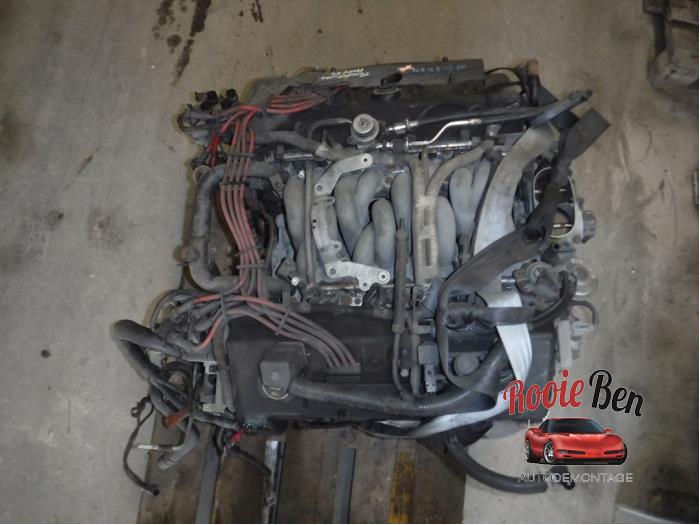

Once you step on the accelerator pedal, the throttle plate opens and since the TPS is connected to the throttle, it starts to measure how much it opens. As the engine in your pickup or van idles (and the throttle plate is closed), the throttle position sensor sends the ECM a voltage signal of about 0.9 to 1 Volts. The throttle position sensor gets 5 Volts and Ground from the ECM. OK, in a nutshell, when you crank and start your Ford vehicle: So when the throttle plate shaft rotates, a wiper inside the TPS also moves (along a curved resistor) and is able to send a variable voltage signal to the ECM. It's able to do this because it's mounted on the throttle body and directly linked to the throttle plate shaft. The TP sensor's job is to inform the ECM how much the throttle plate is opening or closing. How Does The Throttle Position Sensor Work? So you need to be careful not to short these wires to power (12 Volts) or you will fry the fuel injection computer. You'll need to keep one very important thing in mind and that's that these three circuits go directly to the ECM. Circuit Descriptions Of The Throttle Position Sensorīelow are the job descriptions of the three wires that stick out of the TPS: To see what a wire piercing probe looks like, click here: Wire Piercing Probe.Ī generic scan tool that can read OBD I diagnostic trouble codes does come in handy, but the scan tool won't help you test the TPS and therefore you won't need it to use the test info in this tutorial (the test in this tutorial will help you test the TPS without a scan tool). Since the TPS has to be tested in action (and with the key in the ON position), you'll need to pierce the wires with something to get to the signal inside the wire. The multimeter can be an analog or digital one (don't have a digital multimeter? Need to buy one? Click here to see my recommendations: Buying A Digital Multimeter For Automotive Diagnostic Testing). The most important tool you'll need is a multimeter. This usually happens when the ECM spits out several diagnostic trouble codes at once and so what will save you time, money and the frustration of replacing good parts, is to test the throttle position sensor. There are times when the ECM (Electronic Control Module = Fuel Injection Computer) will think the TPS has failed when it hasn't.  Hesitation when you step on the accelerator pedal. No power as you accelerate the vehicle.
Hesitation when you step on the accelerator pedal. No power as you accelerate the vehicle. #1994 ford engine codes code#
Code 123: Throttle Position (TP) Circuit High Input. Code 122: Throttle Position (TP) Circuit Low Input. Code 121: Throttle Position (TP) Circuit Performance Problem. Code 63: Throttle Position (TP) Circuit Low Input. Code 53: Throttle Position (TP) Circuit High Input. Code 23: Throttle Position (TP) Circuit Performance Problem. TPS diagnostic trouble codes (DTCs) stored in the vehicle's computer's memory. Here are some specific symptoms you'll see: 

The one thing that you can definitely count on, when the TPS fails, is the check engine light shining nice and bright to let you know that there's a diagnostic trouble code stored in the fuel injection computer. Symptoms Of A Bad Throttle Position Sensor You can find this tutorial in Spanish here: Cómo Probar El Sensor TPS (Ford 5.0L, 5.8L) (at: ).
TEST 3: Making Sure The TPS Is Getting Ground. TEST 2: Making Sure The TPS Is Getting 5 Volts. TEST 1: Testing The TP Signal With A Multimeter. How Does The Throttle Position Sensor Work?. Circuit Descriptions Of The Throttle Position Sensor. Symptoms Of A Bad Throttle Position Sensor.








 0 kommentar(er)
0 kommentar(er)
